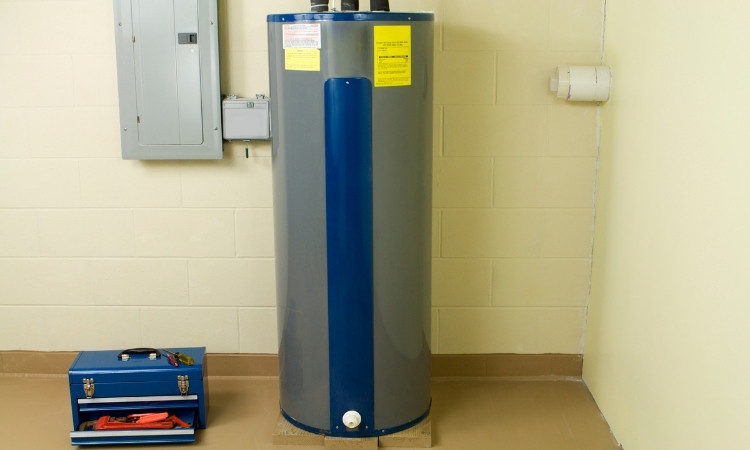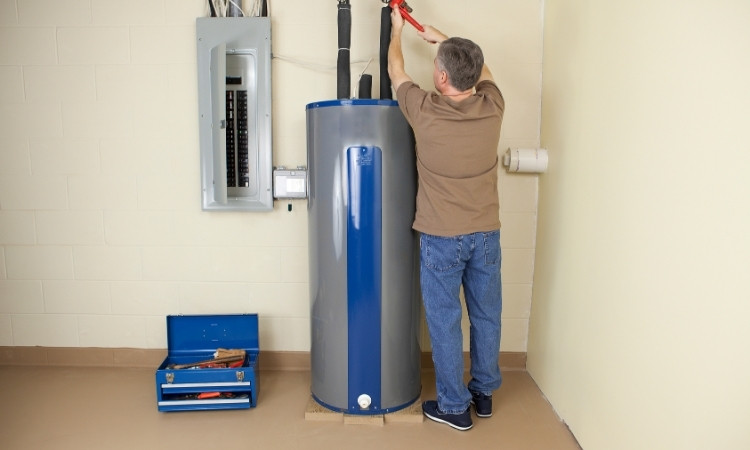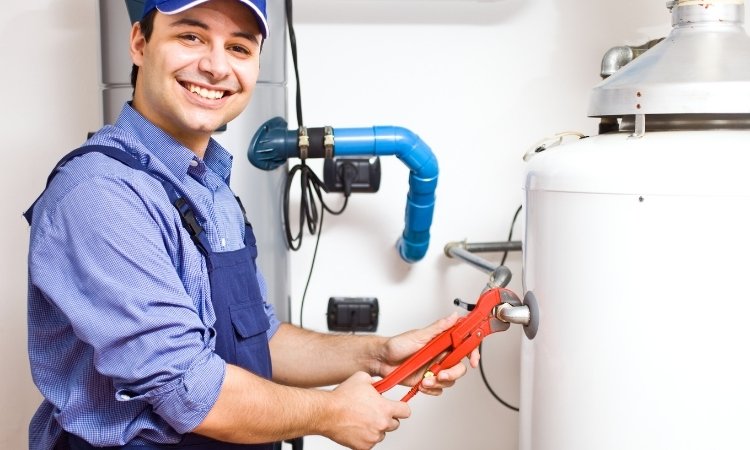Professional plumbers can easily replace a storage water heater, but they cost a lot. So many DIYers look for easy ways of replacing a storage water heater without spending too much. While the project may look easy, it is quite hard to go about the process since many small adjustments and tweaks must be made to the plumbing system and the heater. However, with the right guide and a patient approach, the replacement process can be done with the same results as professionals.
Thus, we have developed the perfect guide to help you replace a water heater. You will need some basic plumbing tools to do this job. Other than this, no special attention to detail is required during the process. So gather your tools, and get to replacing a storage water heater installed in your house. Also, note that LS Plumber Singapore offers drain cleaning, clear floor top, and drainage pipe choke services.
When To Replace A Storage Water Heater
Not all water heaters need replacement. Even functional old units can provide a hot water supply without any need for replacement. However, units that start to show the following signs should be considered for replacement as they are not doing the heating job correctly.
1. Inadequate Hot Water Supply
If you notice that the water heater is not providing enough hot water despite being on for a long period, there might be an issue with the unit. A short supply of hot water indicates that the heating element within the heater is damaged or sediment buildup in the storage tank.
You can replace these two parts individually, but getting a new heater will be the best approach, even when the replacement parts don’t work.

2. Leaks From The Unit
Water leaks from the unit can be caused by erosions in the tank or failing seal connections with the supply pipes. While the seals can be replaced, tank erosions are often difficult to correct. Thus, if you notice any persistent leaks from the water heater, you should consider replacing it.
3. Rusty Or Cloudy Water
Rusty or cloudy water in the faucets is caused by internal corrosion in the storage tank. Like external erosions, rusty water also indicates that the tank is deteriorating. Thus, if you notice any color or smell changes in your water, you should consider storage water heater replacement.
How To Replace A Storage Water Heater
Here is the step-by-step guide to replace a storage water heater in your house
1. Assess The Damage
Before you begin the replacement process, you should check whether the storage water heater actually needs replacing. A good method to check this is by checking the signs we discussed earlier.
If you notice that the heater is not providing enough hot water or is giving rusty or cloudy water, chances are that it is damaged beyond repair and will need replacement.
2. Get The Right Replacement Heater
Once you have determined that the heater needs replacement, you should get the right replacement from the market. Choose the size of the tank depending on your needs.
Make sure to choose a durable and long-lasting brand, even if it costs more. A durable water heater will last for many years and will also be energy efficient.
3. Prepare For Installation And Remove The Old Heater
Once you have chosen the right replacement heater, turn off the old heater’s water and electrical supply. Turn on the faucets to drain the old heater of any standing water.
If the heater is mounted on a wall or is attached to some other structure by clips, remove them to free the heater so that it can be removed and replaced. Carefully remove the old heater from its place and set it aside.

4. Install The New Heater
Place the new heater in the space left by the old heater and connect it to the walls or any other structures with clippings and brackets. Attach the inflow and outflow pipes to the new heater and turn on the water supply. Connect the heater to the electrical supply according to the Singapore Electrical Wiring Code.
5. Test The Installation
Once you have made all the required connections to the heater, turn on the water supply and let the tank fill with water. Notice the pipes and the tank itself for any signs of leakage. Turn on the electrical supply and let the heater work for a few minutes.
After a short while, turn on the hot water faucets and check the temperature. The heater is working fine if you are getting an adequate hot water supply.
Conclusion
We have discussed the complete process to replace a storage water heater in detail. Although the process is quite complex, with the right tools, it can be done very easily. Thus, if you plan to do a DIY replacement of the water heater, follow this guide for an easy step-by-step approach.
However, if you fear that you won’t be able to handle the complete replacement process, you can also take the help of professionals for replacing a storage water heater in Singapore.
